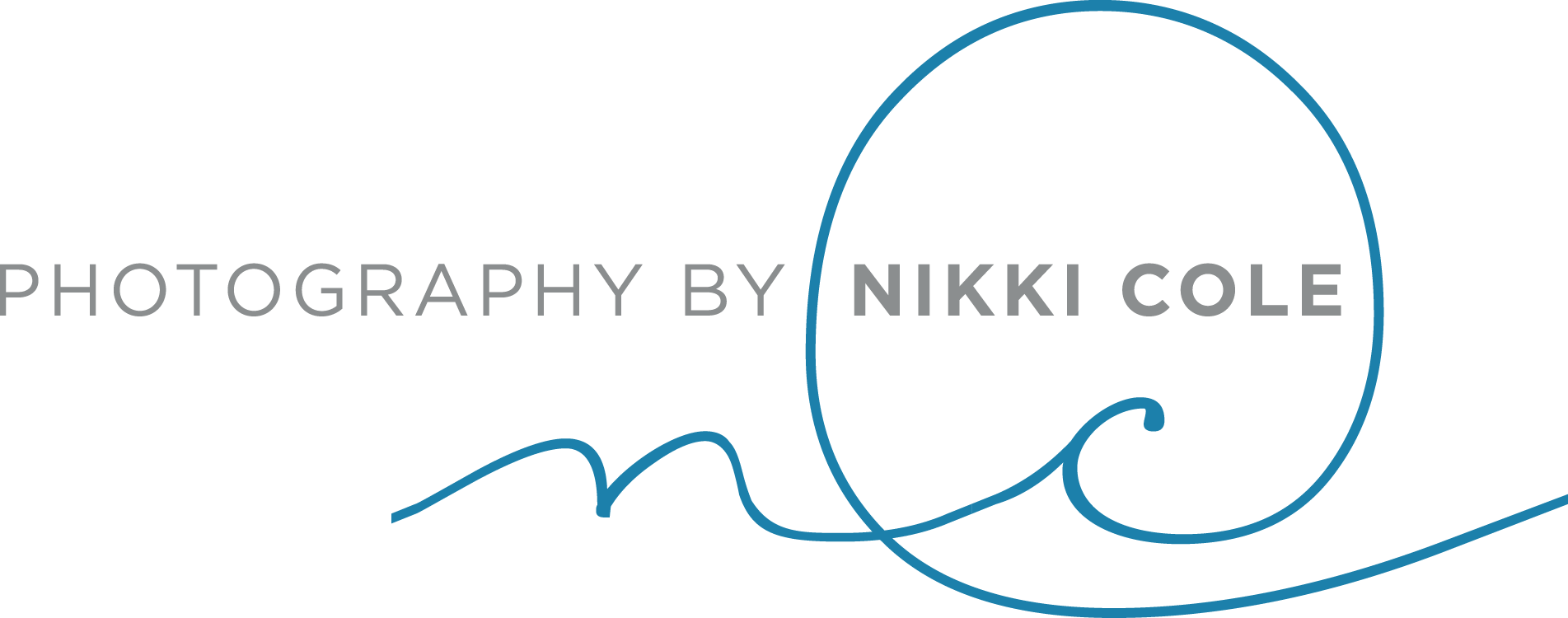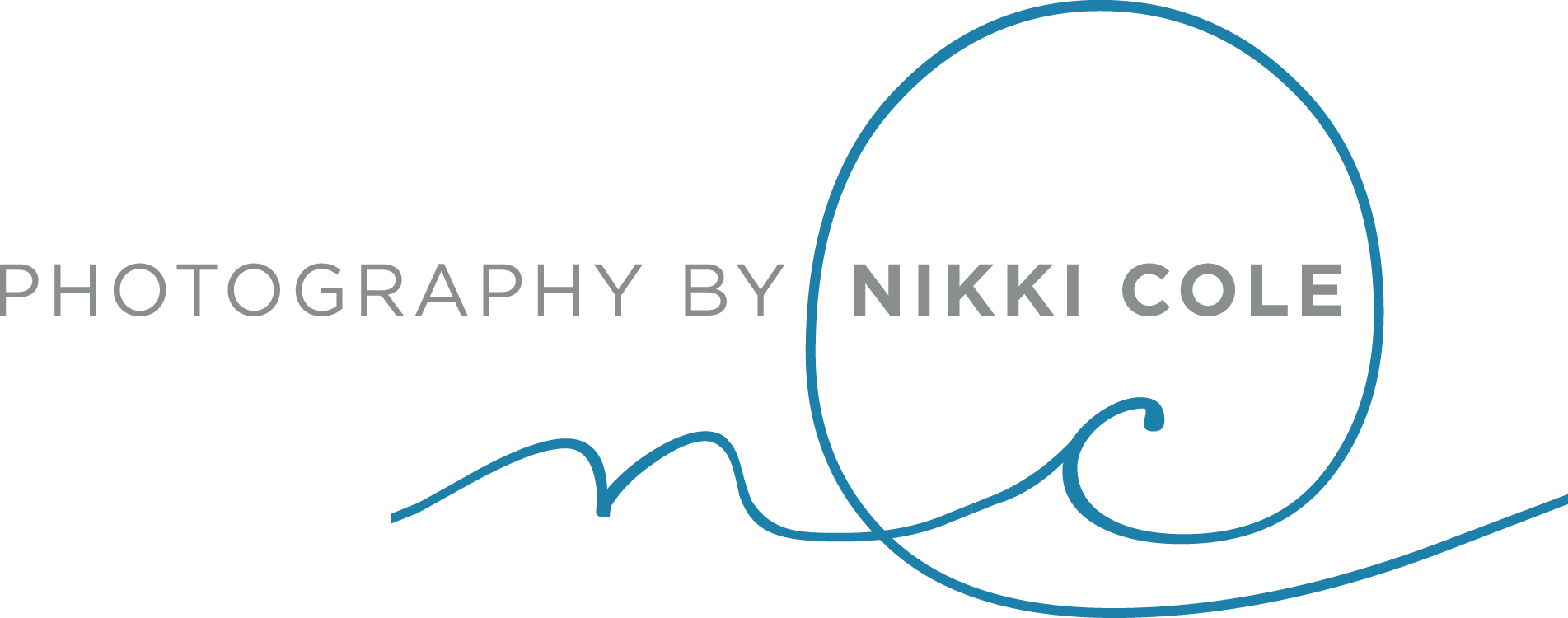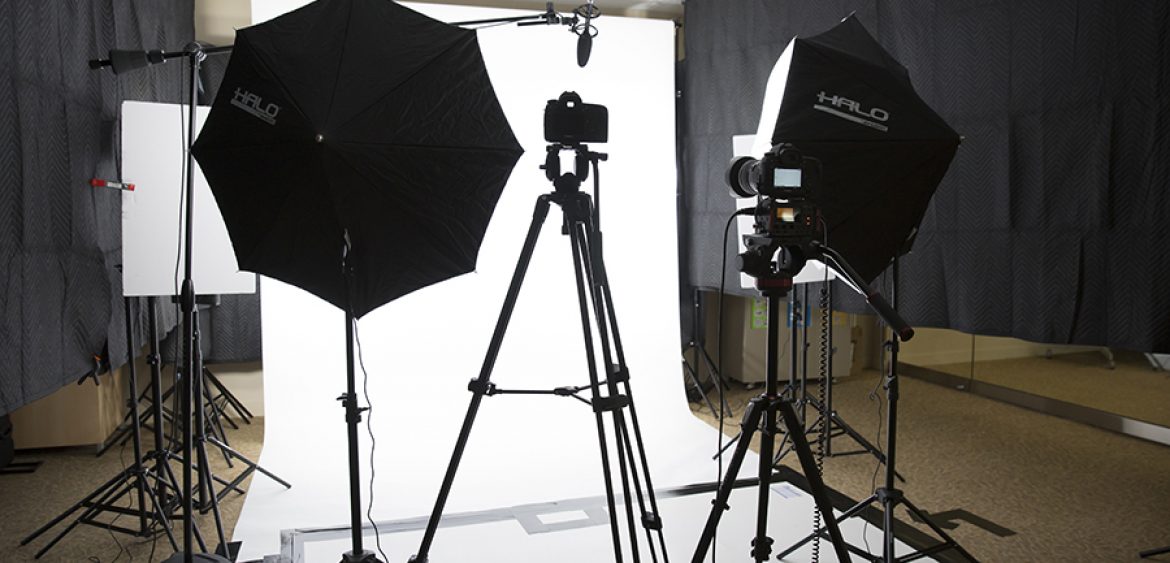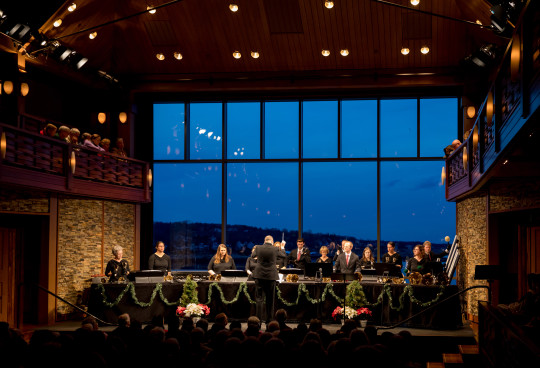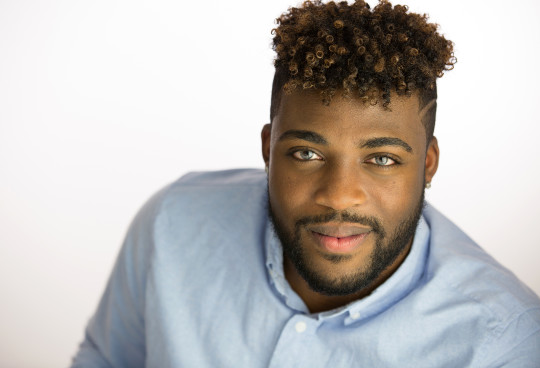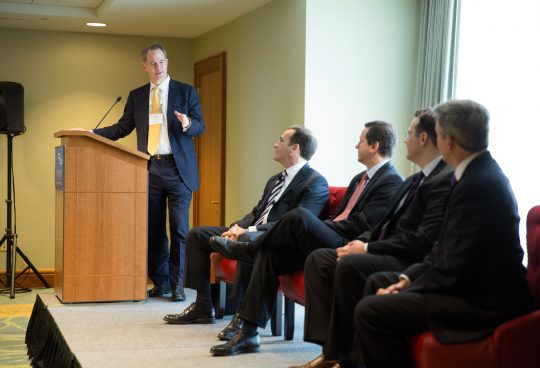Light is one of the most important elements in photography. The direction of the light and the type of light cast can change the end result of a photograph. Good lighting is important to ensuring photographs look their best.
While many photographers prefer to utilize natural light to their advantage, there can be a time and place for adding additional lighting as required.
Unless you are a photographer who specializes in either outdoor shoots or studio shoots, an experienced photographer will be required to work under all lighting conditions. So, while they may have a preference, there are tricks to make a subject look good in any lighting environment.
Often, the photographer will bring in his/her own lighting sources to aid in ensuring the best quality end result photograph.
Indoor Lighting
There are a variety of situations that would require a photographer to shoot indoors. Shooting in a studio is perhaps the easiest as the photographer has full control over the light sources and backdrops.
There are plenty of occasions that require indoor shoots that extend beyond a studio. These include events and architectural photography.
When shooting indoors, a photographer needs to have the right equipment on hand. This includes a tripod, the right lenses and photographer lighting available.
A photographer will assess the natural lighting sources as well as all of the artificial lighting already available. Assessing the colors of the walls, furniture and decor will also be helpful.
Based on the environment and available lighting, a photographer will then set the camera to ensure the right ISO and shutter speed required.
Next, the photographer will consider flash, additional light and light modifiers. In many cases, off-camera flash can be very helpful and help the light bounce. For portrait photography, a flash with a soft box can also be helpful.
When shooting indoors, it is best to try and take advantage of all natural light sources possible. This might mean opening windows and doors. If flash is needed, use filters to soften the effects and direct the flash to bounce off the walls or the ceiling. As well, if there are other light sources in the area, choose to use the ones that have a similar light color.
By being aware of natural lighting indoors and creating your own light source, your indoor photography can be beautiful, regardless of original lighting conditions.
Outdoor Lighting
Many photographers love to shoot outside because of the wide variety of natural lighting available. When you have a deep understanding of lighting and how it changes throughout the day and in different weather conditions, you can naturally control the end result of a photograph.
Photographers who shoot outdoors often will plan their shoots based on expected lighting conditions. By knowing the angle of the sun at any given hour and pairing it with weather conditions, they can select the optimal time to take their photographs.
You might often hear photographers talking about what is referred to as ‘the golden hour’. This is the first and last hour of sunlight everyday. Shooting during the golden hour provides optimal lighting conditions and can produce incredible, naturally-lit photos. While this may be the perfect time to take outdoor photos, not all photo shoots can be planned for the golden hour. In fact, it’s often impossible to plan outdoor photo shoots for ideal lighting and weather.
By being aware of the direction of light, the shade and the weather along with having the right equipment, a photographer can use outdoor lighting to his or her advantage to create a beautiful photograph.
Photographer Lighting
When taking a photo, lighting is crucial to illuminate the subject and provide an accurate, or sometimes very stylized, rendition of a scene. Rather than simply adjusting light in production, when a photographer cannot control the natural lighting or finds the current lighting will not provide the right effect, he or she will utilize photographic lighting to assist. This will result in a more accurate photograph.
The main artificial light sources used in photography include flash, fluorescent, LED, and Incandescent. You can control the hue and speed of the light with covers, filters, boxes, and grids. Different situations and anticipated photographic outcomes require different lighting kits. Photographers who lean toward using their own lighting will have a lot of equipment to choose from based on the needs.
A photographer needs to have some knowledge and experience related to color temperature, flash, speed and camera settings to ensure the best quality photograph.
So much of the end result of a photograph can be dependent on the light and the light sources that are visible through the photographic lens. While some photographers may shoot specifically indoors, outdoors or by bringing in artificial light sources, others are quite keen to adjust based on the situation and desired end result.
Having a keen eye to the best possible lighting for a situation is key.
